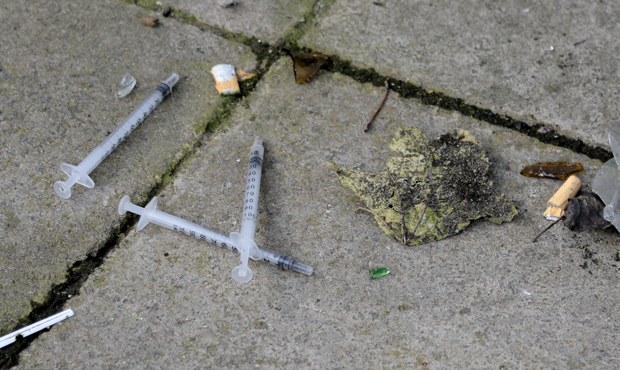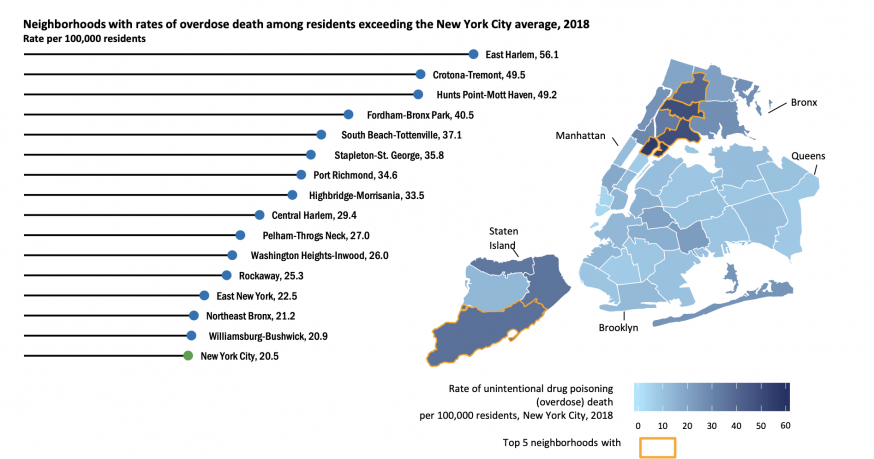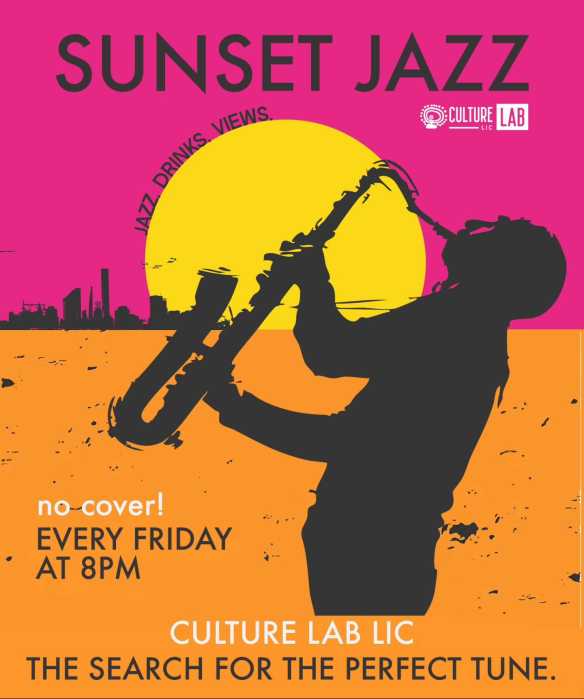
Wikimedia Commons
Aug. 27, 2019 By Allie Griffin
The number of accidental overdose deaths among Queens residents decreased for the first time in years with 55 fewer deaths in 2018 compared to 2017, according to data released Monday by the NYC Health Department.
City-wide, the number and rate of overdose deaths also decreased in 2018 after seven consecutive years of a rising death toll.
Overall, there were 38 fewer unintentional drug overdose deaths in New York in 2018 for a total of 1,444 deaths. The rate of deaths decreased by 3 percent compared to 2017.
Still the rate of overdose deaths in the city remains at an epidemic level with more New Yorkers dying of drug overdoses than homicides, suicides and motor vehicle crashes combined, according to the Health Department.
Last year 215 Queens residents died from unintentional overdoses — that’s about 17 percent of the city’s total overdose count. In 2017, 270 Queens residents died from overdoses and in 2016, 241 residents fatally overdosed.
“The decrease in drug overdose deaths is promising, but far too many New Yorkers are still dying,” said Health Commissioner Dr. Oxiris Barbot. “We are closely monitoring the trends of the epidemic as they evolve and responding to upticks in emergency department visits and deaths with targeted strategies and community engagement. We remain firmly committed to expanding life-saving services and caring for New Yorkers who use drugs.”
Fentanyl, a deadly synthetic opioid 30 to 50 times stronger than heroin, was the most common substance involved in overdoses, present in 60 percent of all overdose deaths last year and half of the deaths involved multiple central nervous system depressants, such as alcohol, benzodiazepines and opioids, according to the Health Department.
Despite the borough’s decline in death, Rockaway is among the top 15 neighborhoods with the highest rates of accidental overdose deaths with a rate of 25.3 deaths per 100,000 residents and above the citywide rate of 20.5.

NYC Health Department
Brooklyn also saw a decrease in deaths by overdose in 2018, while the number rose in the Bronx, Manhattan and Staten Island.
In the first quarter of 2019, 331 people have died from overdoses across the city, compared to 376 in the first quarter of the year prior.






